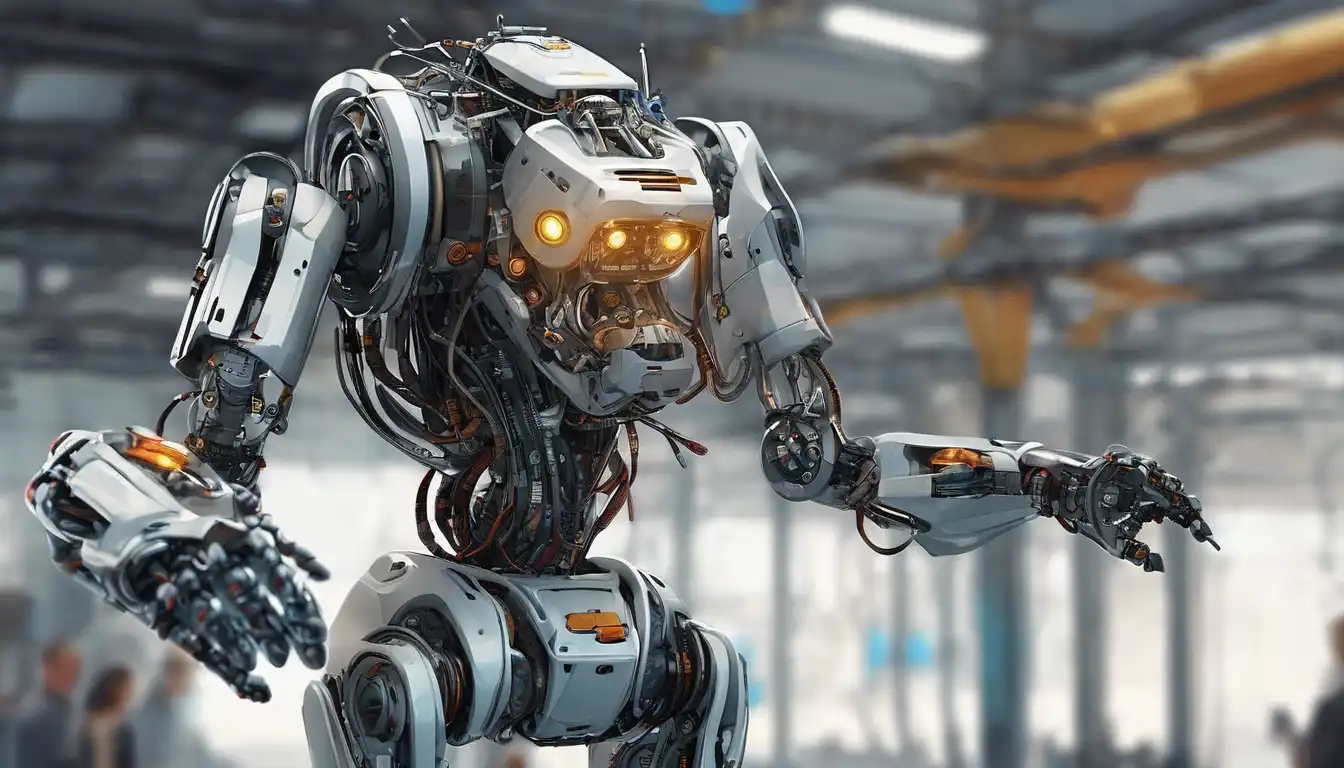Introduction to Robotics
Robotics represents a fascinating intersection where technology and innovation converge to create machines capable of performing tasks autonomously or semi-autonomously. This field has evolved dramatically over the years, from simple mechanical devices to complex systems integrated with artificial intelligence (AI) and machine learning (ML). Today, robotics is at the forefront of technological advancement, influencing industries ranging from manufacturing to healthcare.
The Evolution of Robotics
The journey of robotics began with the creation of basic automated machines designed to perform repetitive tasks. Over time, advancements in computing power and sensor technology have enabled robots to undertake more complex and nuanced operations. The integration of AI has further expanded their capabilities, allowing for adaptive learning and decision-making processes that mimic human intelligence.
Applications of Robotics in Today's World
Robotics technology finds applications in numerous sectors. In manufacturing, robots automate assembly lines, increasing efficiency and safety. In healthcare, robotic surgery offers precision beyond human capabilities. The exploration of space and deep-sea environments relies heavily on robotic systems to go where humans cannot. Additionally, the rise of service robots in homes and businesses highlights the growing interaction between humans and machines.
The Role of Artificial Intelligence in Robotics
AI is a cornerstone of modern robotics, enabling machines to process information, learn from experiences, and make informed decisions. This synergy between robotics and AI is paving the way for innovations such as autonomous vehicles and smart assistants, transforming how we live and work.
Challenges and Ethical Considerations
Despite its potential, the advancement of robotics raises important questions. Issues such as job displacement, privacy concerns, and the ethical use of autonomous weapons are hotly debated. Addressing these challenges requires a collaborative approach among technologists, policymakers, and the public to ensure that robotics serves the greater good.
Future Prospects of Robotics
The future of robotics is boundless, with ongoing research focused on enhancing mobility, intelligence, and human-robot interaction. Emerging technologies like quantum computing and nanotechnology promise to unlock new possibilities, making robots more versatile and integrated into daily life.
Conclusion
Robotics stands as a testament to human ingenuity, blending technology and innovation to push the boundaries of what's possible. As we continue to explore this dynamic field, the potential for positive impact across all facets of society is immense. The journey of robotics is far from over, and its future developments are eagerly anticipated by enthusiasts and professionals alike.
